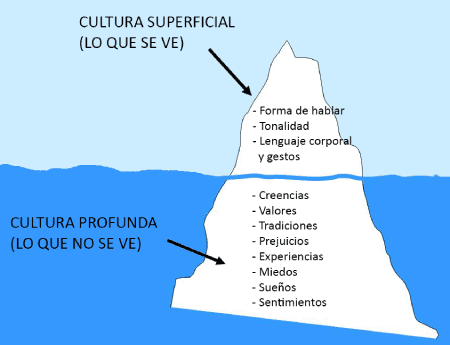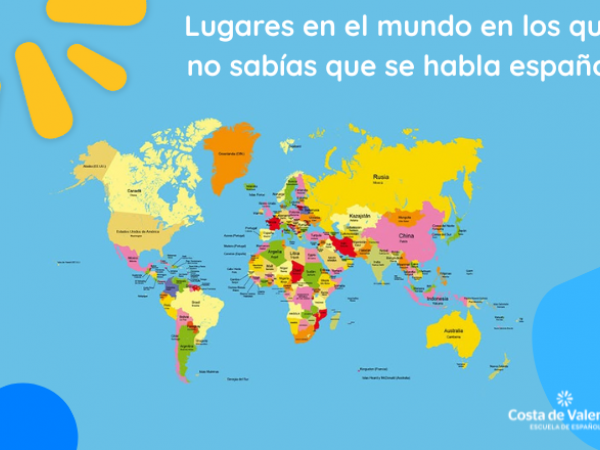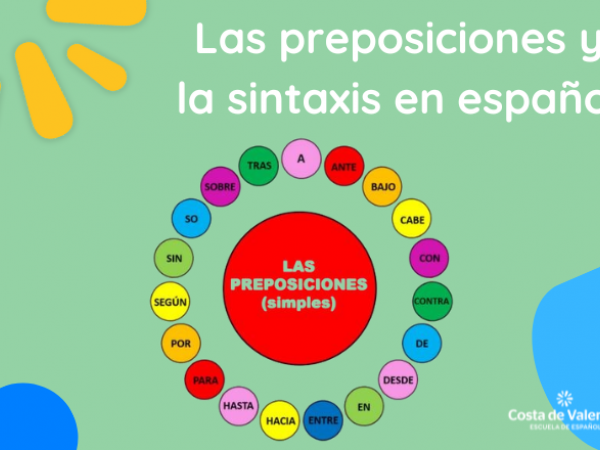Is intercultural awareness important?
Is intercultural awareness important for teaching Spanish as a foreign language?
Without a doubt. Sometimes, harmonizing the different cultural aspects of each student in the classroom can be a real challenge. We have to take into account the reality of each student: their background, their current situation, their emotional stability, their goals, their personal situation... Basically everything that makes up the student's reality, as all these factors will influence their performance in class.
Can we solve all the problems of every student that passes through our classrooms? No. However, if we have intercultural awareness, we will be able to understand where their biggest problems come from in the learning process in which they will be immersed.
Being cross-culturally aware does not mean that the teacher is obliged to know the student's culture of origin, or that he/she must know his/her mother tongue, or that he/she has lived in his/her country, or anything of the sort. In fact, the teacher does not even have to be interested in the student's culture. However, it is necessary for the teacher to have enough emotional intelligence to understand that there is a clear reason why it may be more difficult for a student to understand certain concepts or content, and to accept that each student has his or her own learning curve, often determined by his or her background or original culture.
In the science of intercultural competence there is what we call "The Cultural Iceberg", a model created by Edward T. Hall in his book Beyond Cultures (Beyond Cultures) (1976), which is of vital importance for understanding what it means to deal with students from different cultures.

In this theory, Hall makes an analogy between the concept of culture and an iceberg: there is a part that is clearly visible and another part that is not. The iceberg has a small visible part, but in reality it has a larger non-visible part that is underwater, just like culture: the culture that defines us has a part that everyone perceives with the senses (folklore, facial expressions, gestures, foods, traditions, etc), while there is a much deeper non-visible part that defines us much more as an integral part of that culture which are the values we believe in, the perception of time, the method of learning, beliefs, and all that we have learned in a semi-conscious way through our parents and the society that surrounds us.
To understand intercultural competence we must begin by understanding that absolutely everyone is culturally programmed, so inevitably, what many consider "normal" need not be normal at all for someone who is culturally programmed differently.
How does this apply to teaching ELE? By correctly identifying the different obstacles that each learner may face. If, for example, we put Italian, Chinese, Japanese, Senegalese, German and American students in the same class, all having passed the same placement test, we will see that performance will rarely be homogeneous. It is the teacher's duty to know how to distinguish the advantages and disadvantages of each cultural trait while at the same time avoiding stereotypes and generalizations.
It is inevitable that most Italian students are more talkative, that Norwegian students have a more serious countenance, or that Japanese students are more comfortable practicing grammar exercises than speaking aloud, since these are tendencies that tend to manifest themselves, but it does not help the teacher to assert such stereotypes as absolute truths.
Are all stereotypes false? No. And are all stereotypes negative? Neither, but they are stereotypes after all. The teacher must know how to differentiate the cultural and/or personal traits of each student in order to get the most out of each of them.
If this topic might be of interest to you, here are some links so that you can learn more about it:
https://blog.clm-granada.com/buceando-por-el-iceberg-la-competencia-intercultural/
https://cvc.cervantes.es/ensenanza/biblioteca_ele/diccio_ele/diccionario/compintercult.htm
























































































